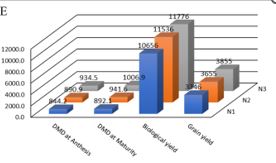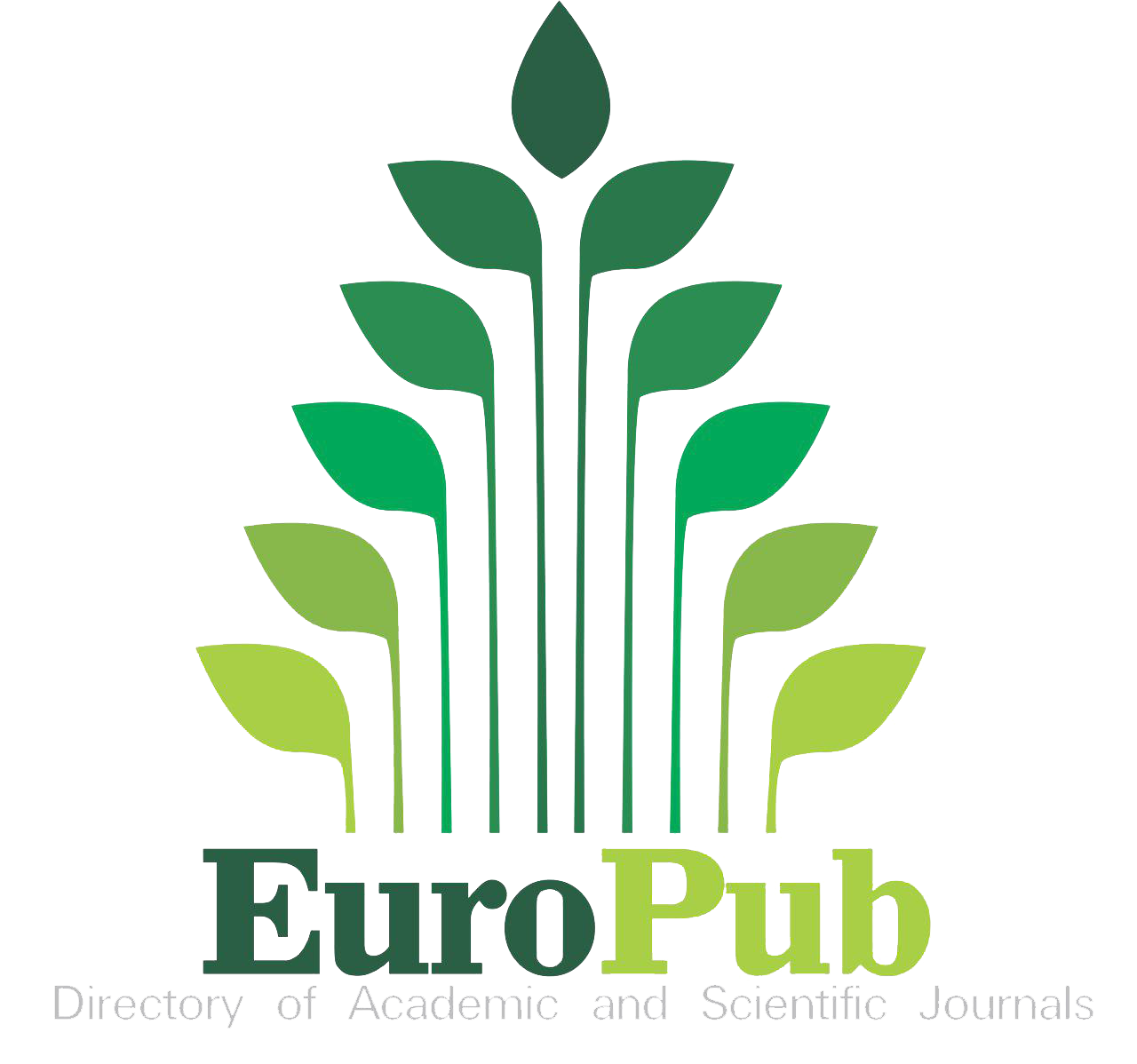Integrative Assessment of Organic, Inorganic and Bio-fertilizers on wheat Phenological, growth and Yield Indices under Semi-Arid Agroecosystems
Keywords:
Biofertilizer, Inorganic fertilizer, Organic fertilizers, Wheat growth, Wheat phenology, Wheat yieldAbstract
Background: Crop nutrients major sources are organic, inorganic and bio-fertilizers. Supplementation of beneficial microbes with organic and inorganic fertilizers is a feasible technology to improve wheat productivity. Methods: This study assessed the impact of Bioaab biofertilizer (containing Rhodopseudomonas, Lactobacillus, and Saccharomyces spp.), nitrogen (N) rates (80, 120, 160 kg ha⁻¹), and organic amendments poultry manure (PM), farmyard manure (FYM), and maize residues (MR) on wheat growth and yield. Two field trials, with and without Bioaab, were conducted during the 2020–2021 winter season at The University of Agriculture, Peshawar, using a randomized complete block design with ten treatments (including a control), each replicated three times. In the Bioaab trial, 60 L ha⁻¹ of extended solution was applied via irrigation before sowing. Results: Bioaab application and higher N levels significantly improved plant height, leaf area, dry matter, and yields. Compared to the control, plant height increased by 12.8% and 19.0%, and leaf area by 7.6% and 18.1% at 80 and 160 kg N ha⁻¹, respectively. Dry matter production rose by 16.2% at 160 kg N ha⁻¹. Among organic sources, PM showed the highest increases plant height (18.8%), leaf area (17.3%), and dry matter (16.7%). FYM and MR also enhanced growth, though to a lesser extent. PM led to the highest biological (12,158 kg ha⁻¹) and grain yield (4,110 kg ha⁻¹), reflecting increases of 54.7% and 86.5% over the control, respectively. Conclusion: These results underscore the benefits of integrated nutrient management, particularly poultry manure combined with 120–160 kg N ha⁻¹, in boosting wheat productivity under semi-arid conditions.


















